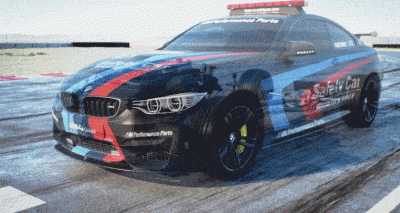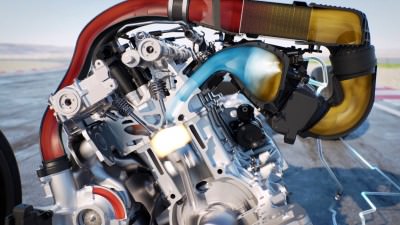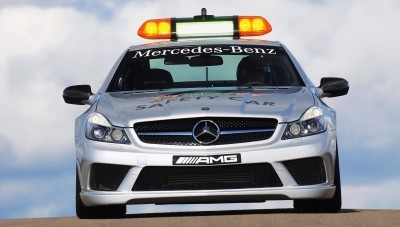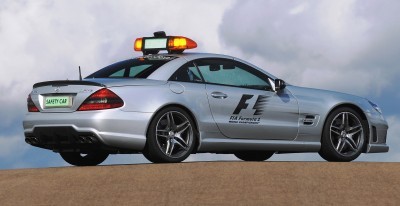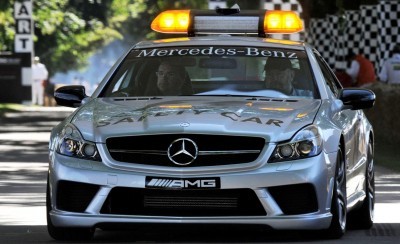The last thing anyone wants is to get into a car accident. In some cases, the accident will leave a minor cosmetic flaw on your vehicle. In the worst case scenarios, however, car accidents could mean the end of your life.
Nothing is more tragic than a life that ended too soon due to carelessness.
Nothing is more frustrating than learning to live with a severe disability due to someone else’s carelessness. Proactive safety can help you avoid these accidents, because it trains you to actively look out for suspicious behaviors or road conditions that will put you at risk.
The best kind of accident to be in, after all, is none at all:
- Watch Other Driver’s Behavior
Being proactive means watching out for danger and preparing to act in the case of an emergency. If you see a car that is swerving or otherwise driving erratically, it is wise to not only pay attention to what that driver is doing, but to give him a wide berth. If you can, you or someone in your vehicle should also call highway patrol to inform them of what you believe to be a drunk driver.
Watching out for another’s behavior goes beyond spotting signs of drivers under influence, but drivers who are not adhering to road conditions like snow and ice. Turning too quickly on a slippery road can be disastrous, as is a driver that doesn’t properly check his blind spot.
You won’t be able to predict every accident that occurs, but keeping an eye on what others are doing can help you take the necessary precautions to avoid accidents on the road altogether.
- Check Under Cars When Driving on Residential Roads
If you think you are safe driving down a pedestrian road where there are no other drivers, think again. While you personally are unlikely to be hurt, you can cause serious and even fatal damage if you aren’t careful. Children and even adults can be careless and walk from behind vehicles and onto the road, where you may, or may not have enough time to stop.
To prevent this, keep an eye on the space underneath the cars and as you pass these vehicles place your foot over the brake. You won’t always see ahead over the hood of a vehicle (especially in the case of trucks or SUVs), but you should be able to see feet if there is someone there. Do this, and you might save a little girl’s life as she runs onto the street chasing a tennis ball.
- Check All Mirrors Periodically
Danger won’t always be in front of you, which is why another habit you should get in to is to check all of your mirrors periodically. Not only will this allow you to keep an eye on the behavior of the vehicles, it will also let you know when others are in your blind spot, or if someone is following too closely. Always be aware of others when you are on the road.
Checking these mirrors is also a great way to fight fatigue on long drives, where the repetitiveness of the highway can put you into a sort of trance. This road fatigue can be dangerous because you are less aware of your surroundings and not prepared to act in the case of an emergency. Periodically checking your mirrors will give your brain some stimulus so you can continue your drive as safely as possible.
- Intersection Safety Tips
There are several behaviors you should adopt when it comes to stopping, either in an emergency or at an intersection. When you stop because of an emergency, always try to check your rear-view mirror beforehand. If someone is too close, stopping could cause them to rear-end you, and, in turn, pushing your vehicle to hit the person you were trying to avoid in the first place.
If someone is following too closely, try to turn to avoid the pedestrian (or animal) so that if you do get hit from behind, you will be thrown into the curb, rather than propelled forward.
In intersections, always leave a car’s length of space between you and the vehicle in front of you. If you are first at an intersection, you should also mark out a plan of escape, for instance, the curb next to you or the island in the middle of the road. That’s because careless drivers can come up behind you and, either due to their speed, a fault in their breaks, or distraction, could end up rear-ending you. This is extremely dangerous at intersections, as the collision could end up pushing you into oncoming traffic, leading to fatal consequences.
- Stay Calm, Don’t Rush
Rushing and not properly checking your blind spots or being proactive in your safety could lead to a devastating accident. Avoiding all accidents, rather than just avoiding causing accidents, is the best case scenario for everyone.
Staying calm and being consistent in your driving can help other drivers as well, so take a moment before you change lanes, put your indicating lights on, and then check your blind spot before you turn. The same goes for all maneuvers on the road – stay calm, be in control, and let other drivers know of your intentions.
As Babcock Partners outlines, all kinds of accidents are dangerous, from rear-end collisions that could leave you with a disabling back injury or long-term whiplash symptoms, to frontal collisions that typically result in a fatality. That is why not only do you need to have automobile insurance to ensure you can be taken care of if an accident disables you and an injury claims lawyer to ensure you receive what you are owed, you also need to train yourself to be proactive with your safety.
To train yourself, actively force yourself to go through the motions of safety checks every time you drive.
Eventually, these actions will become second nature to you. It is only at that point that your proactive driving can be most effective – when you are always on the lookout without realizing it. Be proactive as a driver, save lives, and stay out of accidents.
You, your family, and your vehicle will thank you.

CRD Auto Industry Insider may contain helpful and on-topic partner content that auto enthusiasts and car shoppers find valuable.


